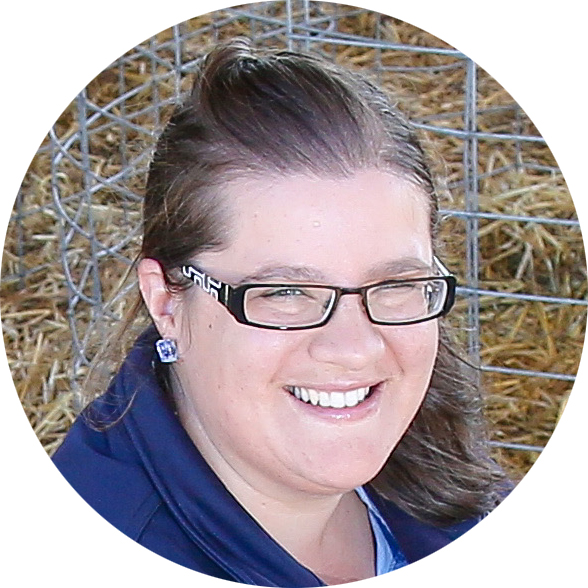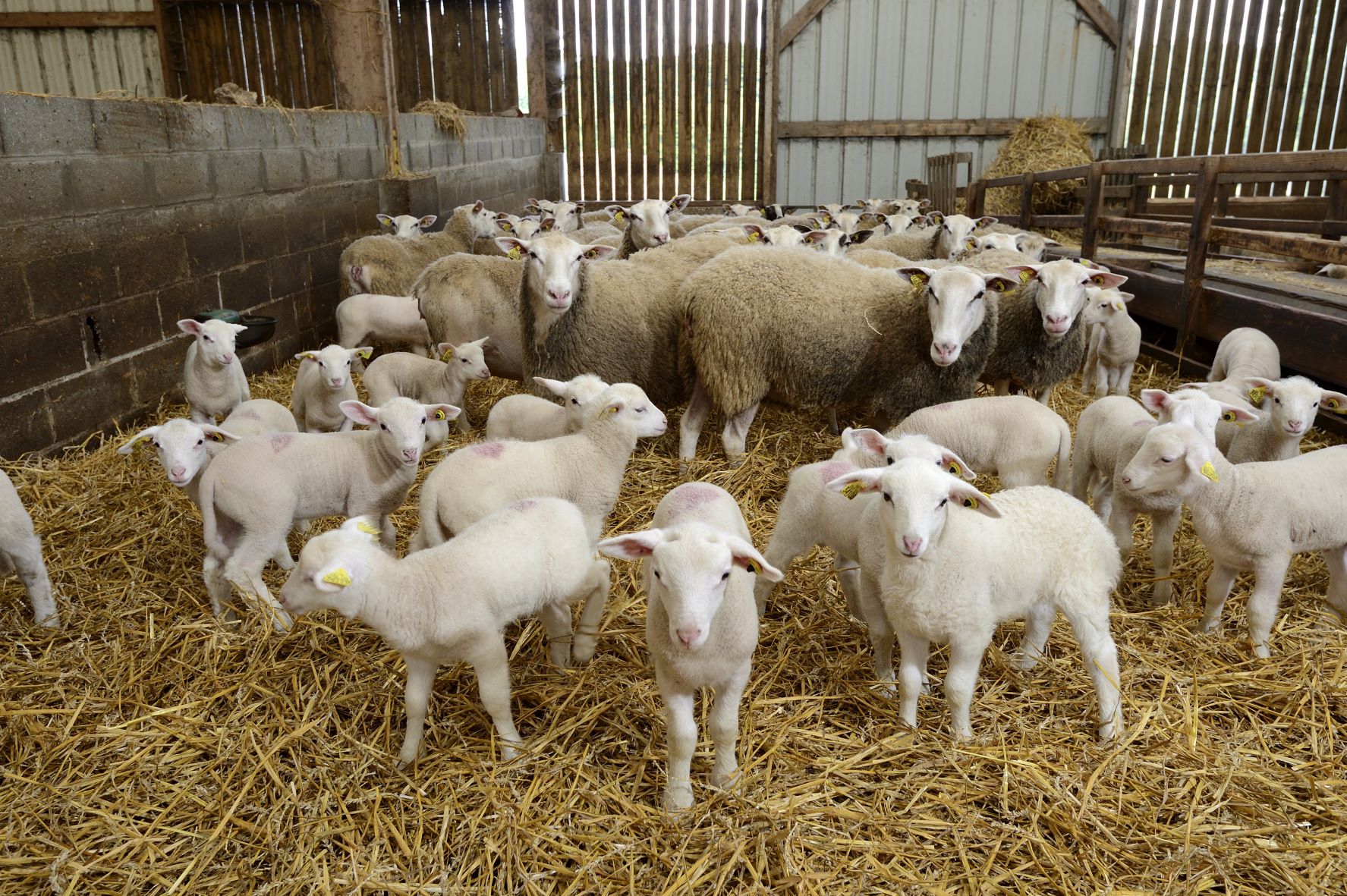Be biosecurity-aware when buying
06 Oct 2021
 PRODUCTION ADVICE - OCTOBER 2021 - ANIMAL BIOSECURITY & WELFARE
PRODUCTION ADVICE - OCTOBER 2021 - ANIMAL BIOSECURITY & WELFARE
By Linda Searle
District Veterinarian
P: 03 5881 9919 | M: 0427 649 740 | E: linda.searle@lls.nsw.gov.au
 What do you look for when buying stock? Price may automatically spring to mind, but what about diseases? Are you buying more than you bargained for?
What do you look for when buying stock? Price may automatically spring to mind, but what about diseases? Are you buying more than you bargained for?
Biosecurity is the term given to how you protect your farm from diseases, weeds and pests.
Different enterprises have different risks. This means you need to use a plan tailored to your farm.
Red meat producers (cattle, sheep, goats) often use the LPA template or the AHA template to start developing a plan.
If you have a few pigs you might use the simple pig biosecurity template, whereas commercial pig producers may prefer the APIQ template.
No matter where you start, a biosecurity plan should include the potential risks to your farm and how you decrease those risks.
Purchasing stock is a risk for introducing new diseases. To reduce the risk, there are steps you can take both before and after you buy.
Pre-purchase
Look for assurance that stock don’t have diseases you don’t want to bring home.
One way to do this is by getting a National Animal Health Declaration from the seller.
Declarations can be used to determine the risk of common diseases in that species. Declarations are available for cattle, sheep, goats and South American camelids (such as alpacas). They cover diseases such as Johne’s, footrot, lice and pestivirus. This allows you to see any negative testing, vaccination or treatments that may be relevant.
So, for instance, if you wanted to manage the risk of ovine Johne’s disease (OJD), you may choose to only buy in sheep that are SheepMAP-accredited, have had a negative JD test in the last two years or are approved vaccinates (Gudair vaccine).
When you bring new stock home:
- Allow them to empty out for 24 hours in the yards or a small paddock. This limits the area exposed to manure potentially contaminated with weed seeds. Give them hay and water. Providing electrolytes in the water may help reduce metabolic issues caused by stress and time off feed.
- Vaccinate and drench. Past treatments, species and risks in your area will determine which products to use. Quarantine drenches should contain at least three active ingredients (combination drench). This helps prevent drench-resistant worms coming onto the property.
- Quarantine away from other stock on the property. Length of quarantine depends on the disease. Some diseases have a short incubation period, and a few weeks will suffice. This is not the case for all diseases. There is no hard and fast rule, but usually the longer the better.
- Database transfer. If you purchase privately, such as online (eg AuctionsPlus), you are required to do the transfer. For cattle, sheep and goats this is through www.nlis.com.au. For pigs, www.pigpass.com.au. Register with the database so you can use it. Transfers must be done within two days of receiving the stock. This allows the traceability of the animals so that if there is a disease outbreak or residue issue, the potentially affected animals can be located. Videos explaining how to do transfers can be found here: Cattle Pigs.
By buying smarter, and considering the risks before you buy, you can prevent costly issues down the track. Purchasing ‘cheap’ stock may not be the bargain you thought if they bring disease onto your farm. For further information about biosecurity, speak to your Local Land Services Animal Health team: Deniliquin 03 5881 9900, Albury 02 6051 2200.